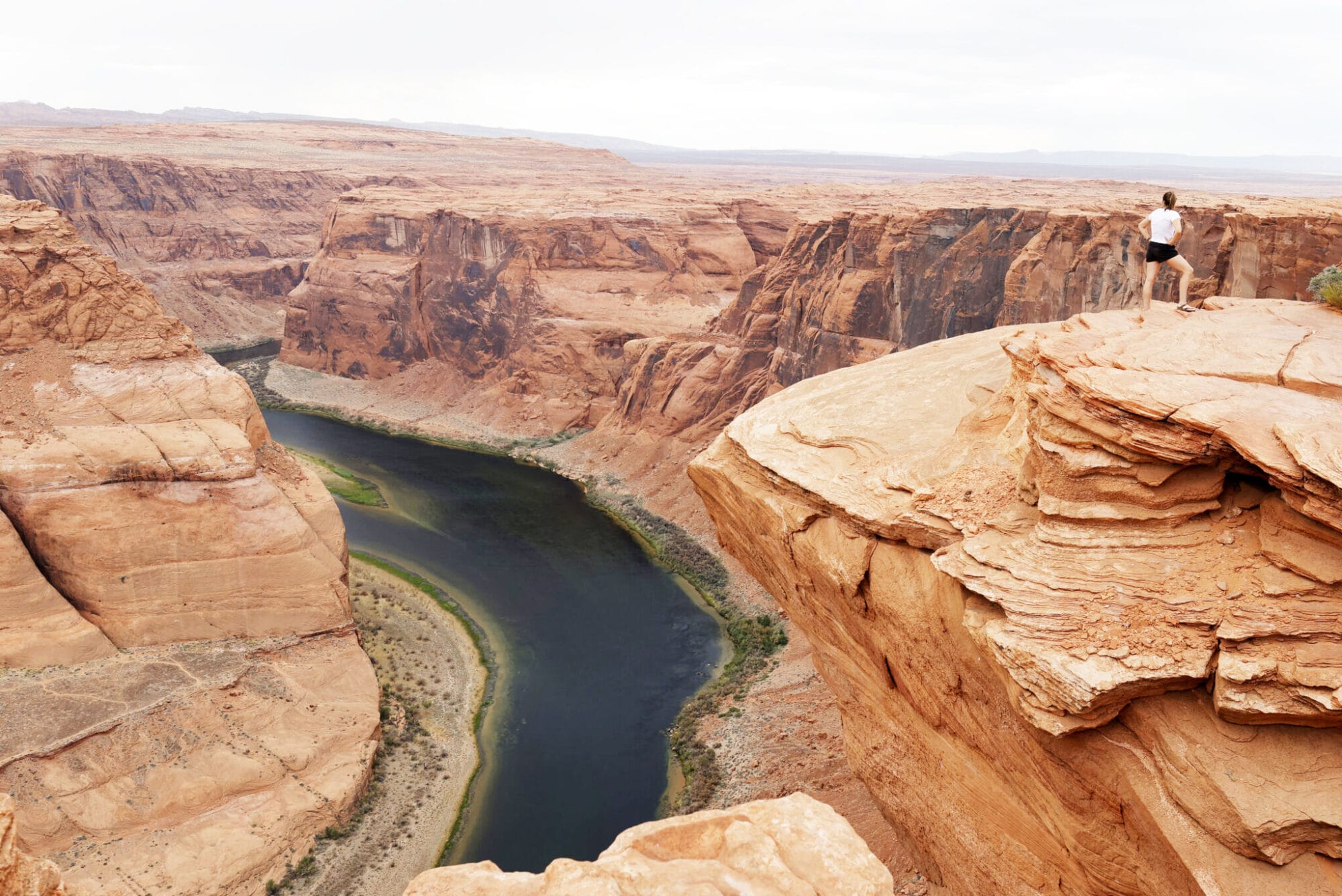Colorado River
Opinion: California is pitching priority-based cuts that could force 6 million Arizonans to lose all or most of their Colorado River water supply.
By Alexandra Arboleda, opinion contributor || The Arizona Republic
The conundrum of the Colorado River is a tug-of-war between priority and equity.
To adapt to a changing future, the “Law of the River” must strike a balance between the two because, as Thomas Aquinas observed, “law is nothing other than a certain ordinance of reason for the common good.”
Achieving an outcome for the common good will require the foresight of high-priority water users to reach a compromise – or the exercise of the secretary of the Interior’s authority as Water Master to stabilize the system, protect infrastructure and secure the water supplies of approximately 40 million people who depend on the river.
6 states say it’s reasonable to share losses
On average, inflows to Lakes Powell and Mead are insufficient to meet demands, including water lost to evaporation and seepage. Lakes Powell and Mead, with a joint storage capacity of nearly 50 million acre-feet, are being depleted rapidly and currently contain about 13 million acre-feet of water in storage.
In January, six of the seven basin states (Arizona, Colorado, Nevada, New Mexico, Utah, and Wyoming) proposed a Consensus-Based Modeling Alternative, which recommended that the Bureau of Reclamation model how Infrastructure Protection Volumes, based on estimated system losses, might be shared proportionately between all water users in the Lower Colorado River Basin.
Everyone benefits from the dams and infrastructure that have been built, often with tax dollars; six states agree that sharing in the burden of system losses is reasonable.





